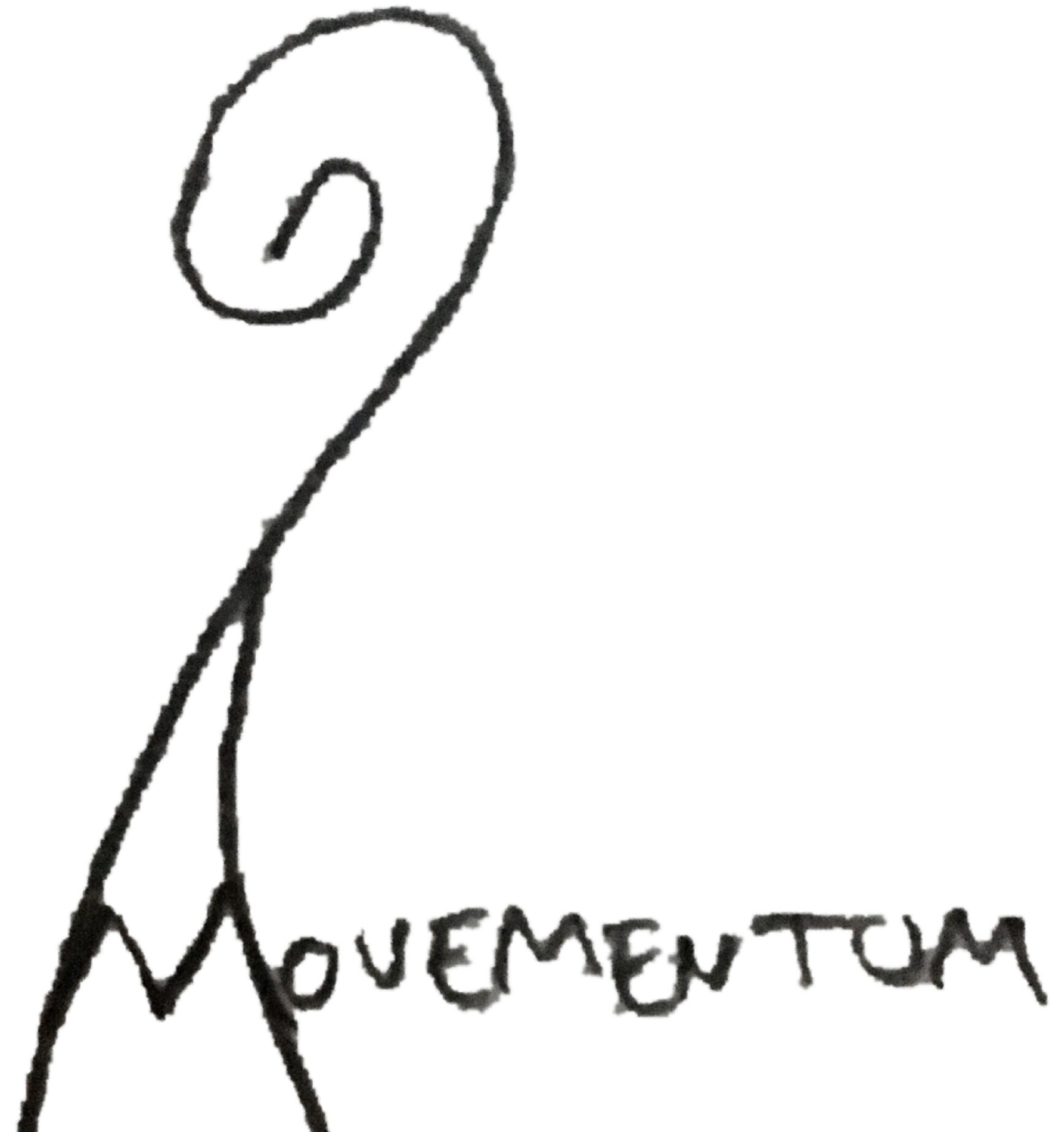How does it all work?
personal Training w/ Lyra Pierotti, CsCS, IFMGA Guide
Lyra currently offers remote personal training which utilizes app-based logging and measurement tools to communicate, to deliver programming, and to track and monitor progress. In-person sessions are also available in Leavenworth, WA.
Lyra strives to pass on the knowledge needed to ultimately drive your own training, helping you learn to weave all kinds of movement into your lifestyle for sustained health and fitness. To meet your training and learning needs, you can choose from several training program options, or simply book an individual video or in-person sessions.
Lyra Pierotti
Certified Strength & Conditioning Specialist (CSCS) & IFMGA Licensed Mountain Guide
If you’re unsure where to start, or to find out if training with MOVEmentum might be a good fit for you, inquire about a FREE 30 minute consultation call.
In this session, you will learn about the importance of base aerobic fitness as a foundation of health and wellness; the importance of the diaphragm in all of your strength training; the power of muscular balance for healthy joints and movement economy—and if relevant, you’ll dive into the magic of matching your training to your menstrual cycle.
The basic flow of events to get you training with Movementum!
Start with a FREE Consultation
Choose your training option…
1-on-1 Coaching
Guided Personal Training
Video Session
In-Person Session
Get set up with an Onboarding Session

